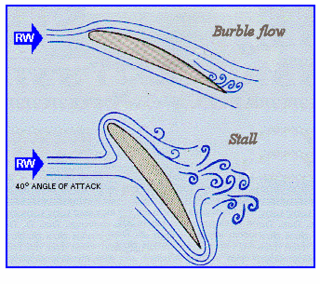
LEARJET 35 COCKPIT INSTRUMENTS
Stall Warning System
Stall warning system consists of a stall warning vane on each side of the nose, a "shaker" on each control column, a computer, Angle of Attack(AoA) indicators, stall warning control switches and warning lights.
The Lear Jet generally has two stall warning systems. Both of the warning systems are required for flight. The newer system is called the "Alpha Dot" system and this system sends inputs from the flap position, altitude and rate of increase of AoA to the computer. In short, the stall warning system would activate earlier when the AoA is increasing rapidly in order to warn the pilot that he is reaching a stall angle. This would allow the pilot to react on time to reduce the AoA.


The stall warning system is located at the bottom left of the pilot's seat.
Angle Of Attack (AoA)
Angle of Attack information can be attained from the two angle of attack vanes located on the left and right of the nose of the aircraft. Vanes are heated when the pitot heat switch is on.
As seen from the picture, the desired angle of attack would be the burble flow. Angle of attack that exceeds a certain angle (depending on the wing design), the aircraft would enter a stall.
Fact : 7% above stall conditions, system warns the pilot with a flashing stall warning annunciator light and by activating the stick shaker.
Fact : 5% above stall conditions, autopilot pitch servo applies an 80lbs push on the elevator.
(If you are unable to notice at this stage, you deserve to crash!)
Simply stick your arm out of a moving vehicle (do not try on main roads or highways!) and pitch your arm up or down. When your arm is pitched up, your arm would tend to go up due to the lift created. When you pitch your arm perpendicular to the wind direction, your arm would enter a “stall” condition.
Activity to try out on your own!

Buttons representing the colors of the AoA. Click to find out what happens individually!!